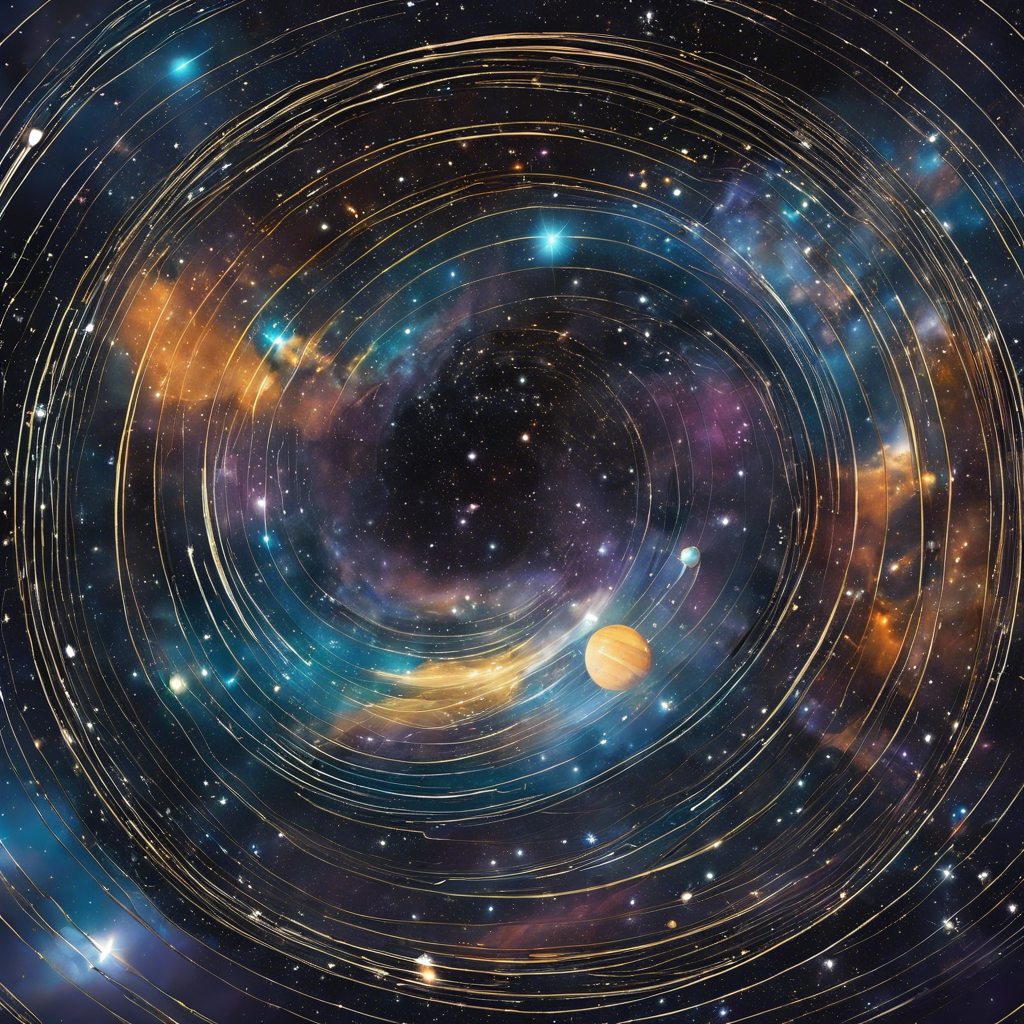The vastness of space has long captivated humanity, evoking a sense of wonder and curiosity about the universe beyond our planet. Since ancient times, we have gazed upon the night sky, searching for patterns and seeking to understand our place in the cosmos. However, it was not until the development of the telescope that we truly began to unravel the mysteries of the universe.
The Hubble Space Telescope, launched in 1990, revolutionized our understanding of the cosmos. With its ability to capture detailed optical images and spectra of distant celestial objects, Hubble provided unprecedented insights into the structure and evolution of the universe. From revealing the existence of supermassive black holes at the centers of galaxies to capturing the breathtaking beauty of star-forming regions, Hubble has not only advanced our scientific knowledge but has also captured the imaginations of people worldwide.
While Hubble has undoubtedly transformed our view of the universe, the recently launched James Webb Space Telescope promises to push the boundaries of space exploration even further. As the successor to Hubble, Webb is designed to observe the infrared spectrum, allowing it to peer through dusty regions of space that are impenetrable to optical telescopes like Hubble. This capability will enable Webb to study the earliest galaxies formed after the Big Bang, providing insights into the universe’s earliest epochs.
The deployment of Webb’s sun shield and primary mirror segments, a complex process involving hundreds of precise mechanisms, marked a significant milestone in the mission. This state-of-the-art observatory is now fully prepared to begin its groundbreaking exploration of the cosmos. With its unprecedented sensitivity and advanced technologies, Webb will capture images and spectra of distant planets, explore the formation of stars and galaxies, and study the chemical composition of interstellar space.
The journey to design, build, and launch the James Webb Space Telescope has been a collaborative effort involving thousands of scientists, engineers, and technicians from across the globe. This international endeavor exemplifies humanity’s shared curiosity and unwavering pursuit of knowledge. Despite the challenges posed by the universe’s vastness and complexity, the James Webb Space Telescope represents our unwavering determination to explore and understand the cosmos.
As we eagerly await the first images and data from the James Webb Space Telescope, we reflect on the remarkable journey of space telescopes thus far. From Hubble’s groundbreaking revelations to Webb’s highly anticipated contributions, space telescopes have fundamentally transformed our understanding of the universe. They have ignited our curiosity, inspired generations of scientists and explorers, and expanded our horizons, revealing the cosmos in ways we had never imagined.
The impact of space telescopes extends far beyond scientific discoveries. The breathtaking images captured by these observatories have sparked the imagination of people worldwide, fostering a deeper appreciation for the beauty and mysteries of the universe. By revealing the cosmos in stunning detail, space telescopes have not only advanced our scientific understanding but have also connected us more intimately to the vast and wondrous universe we inhabit.
As we continue to explore and uncover the universe’s secrets, space telescopes remain at the forefront of our journey. From Hubble to Webb and beyond, these powerful instruments expand our vision, challenge our understanding, and inspire us to continue exploring the vastness of space. The knowledge gained from these telescopes not only enriches our scientific understanding but also shapes our philosophical and spiritual perspectives, reminding us of our place in the vast cosmos and the infinite possibilities that exist beyond our planet.
